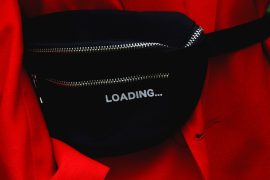Confused about NFTs (non-fungible token), how they apply to the arts, and why everyone seems to have invested in crypto before you? Join the club. Anita Angelica Moore is co-founder and CEO of Blind Boxes, “a decentralized curation platform for NFTs,” which she founded in early 2021. For PATTERN, she answers some basic questions about NFTs, how they are being applied, and ways to begin investing in crypto. As a hobby, she also coaches “newbies that are interested in investing in crypto” through her social media handles, so be sure to follow her on Twitter or her blog at cryptonita.co.
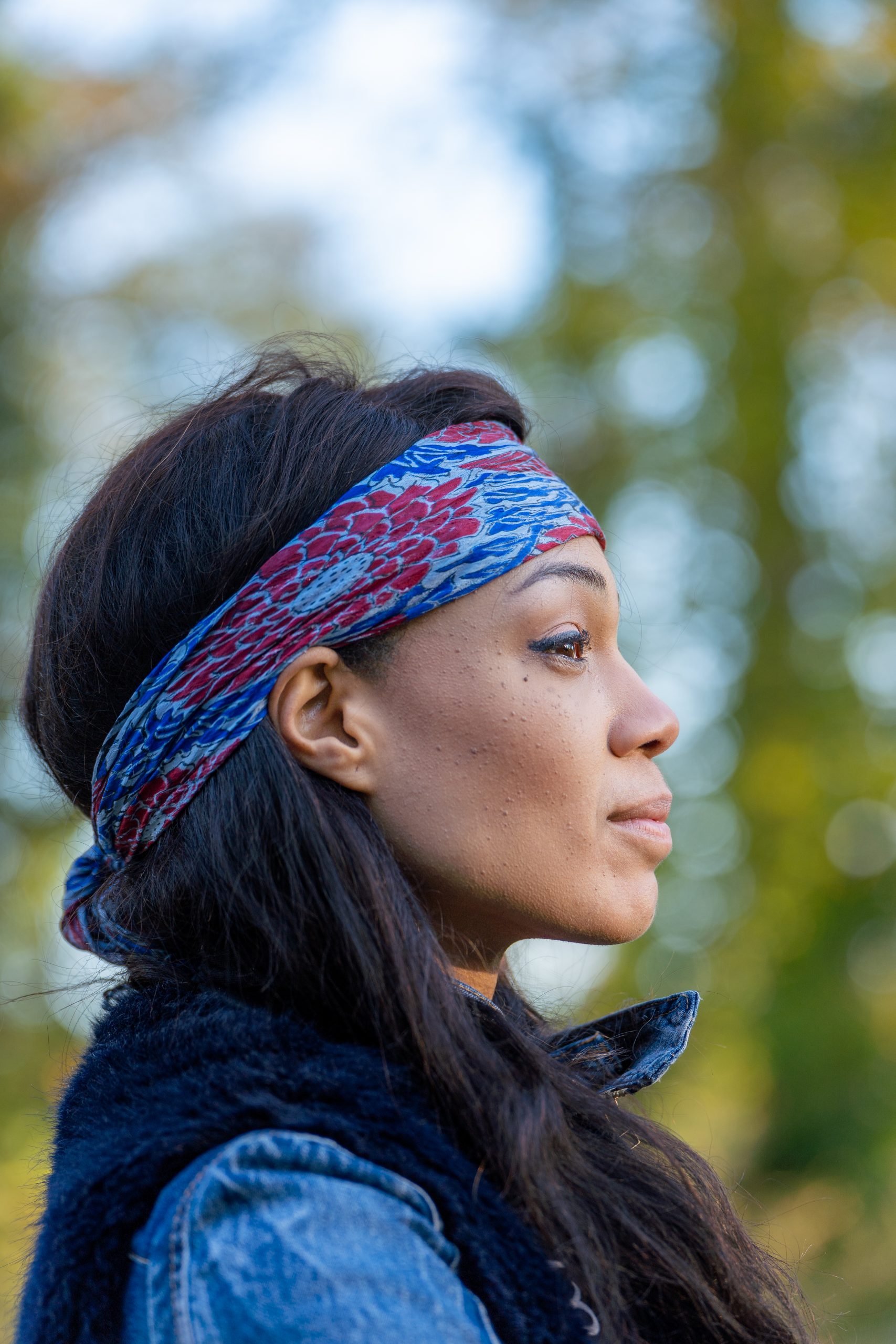
Paula Katz: Can you tell me about your background and how you got to the point of founding Blind Boxes?
Anita Angelica Moore: My background is in engineering, and I have spent most of my career in business doing portfolio investments within the pharma side of healthcare. I felt like it was kind of a dead end and was not fulfilled so I went to business school. At Yale I was exposed to different technologies including blockchain. At that point, I was hooked. After business school I became more and more of a blockchain evangelist using my social media to talk about it. What I noticed was that in these early stages of crypto, this was like 2014-15, the types of people that were into it were the same sort of people who would normally do well in a traditional financial sense. And I was like, “hey wait a minute, this is something new, can we get some other people involved?” Women, creatives, people of color… I wanted to spread the word so that more people knew about this so it could be more inclusive. I joined my first crypto startup in 2017 – blockchain for the film and television space – which ended up not really going anywhere. I learned a lot; I needed to start my own.
PK: You mentioned being in a start up in film and television previously, did that spring some of your interest in the creative field and developing Blind Boxes?
AAM: During the earliest part of the pandemic and I was living in Berlin, and everything was shut down. Berlin is a city full of all sorts of artists and musicians, and they were all unemployed and looking for ways to support themselves. I was seeing my crypto friends making a lot of money and on the other hand I saw my creative friends struggling to find ways to maintain value and monetize their work during a time where everything was shut down. I started to think, “could we use blockchain to help creators?” Blind Boxes is a marketplace for rare NFTs. NFTs have been around since 2018, but by 2020, the use cases were much more evident, especially for art and collectibles. The technology was getting faster, it was becoming clearer. I saw this opportunity to develop something unique.
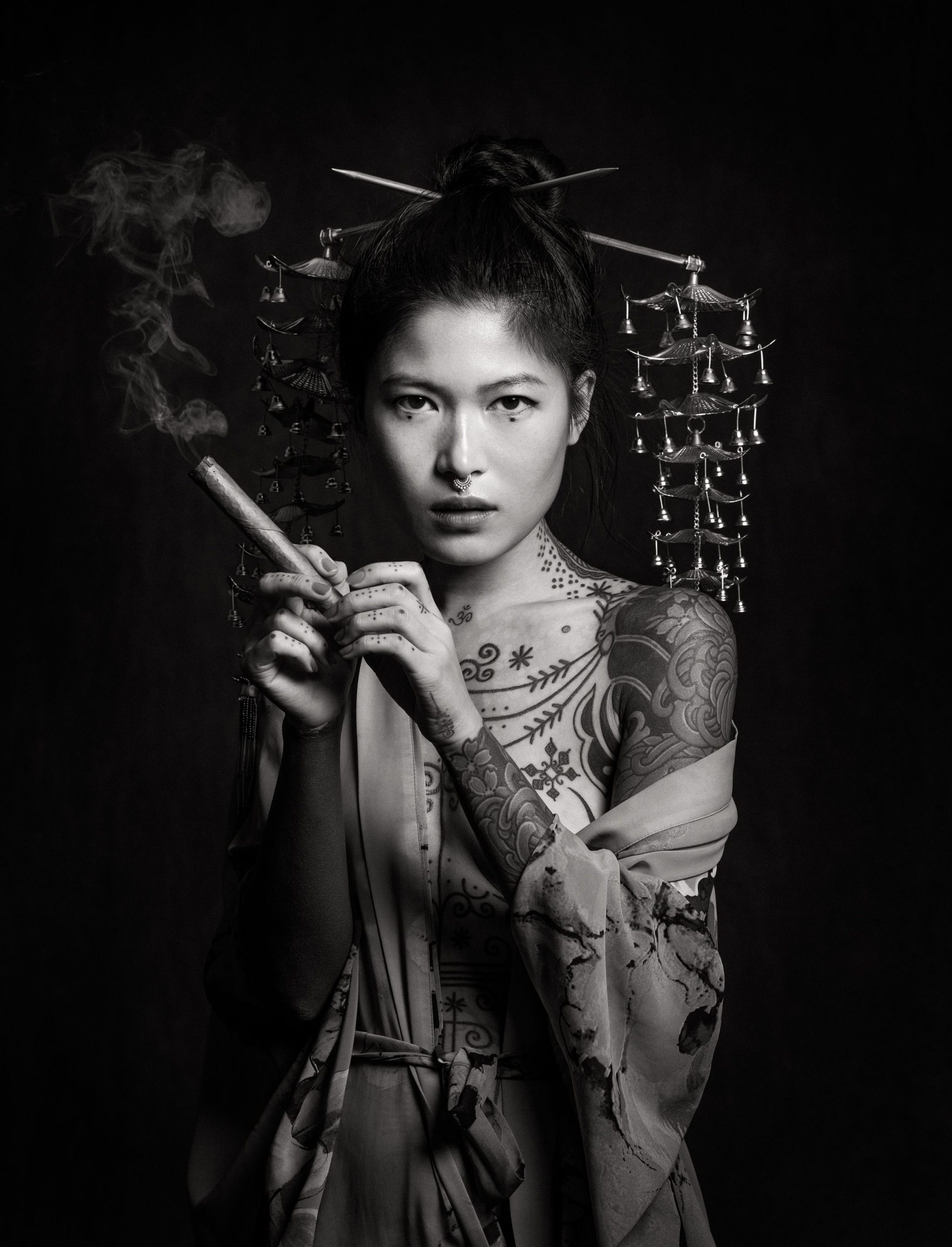
PK: One of the things that people ask a lot – especially in the arts, where there is already a strong comfort level with the idea of digitization – is to clarify the difference between owning a digital image versus owning an NFT. Can you clarify that?
AAM: I answer this question every day! An NFT is a non-fungible token. And a token is essentially lines of code, but what it represents in this context is a certificate of ownership. It is a bit of code that has a very clear and transparent history of ownership. Anyone in the world, just knowing the basic contact address of this token, can tell when it was made and where it has been traded. And the cool thing about this is you don’t need a platform to tell you this, you don’t need to login a site, anyone in the world can view it. It is all publicly available. So, why is this important? It means that you can have this chain or history of ownership that can’t be forged. The NFT is not the art. The NFT is the certificate of ownership of whatever you attach it to, and you can attach it to digital art or physical art or things that aren’t art at all, like collectibles, cars, and watches.
PK: How is this technology applied to the arts?
AAM: One thing that makes art valuable is the way that is looks and makes the viewer feel. But the deeper value comes from knowing the artist, when it was created, everything else about it adds more to the value. For example, a copy of the Mona Lisa, one that looks exactly like it, is not worth even a fraction of the original. Typically, galleries or curators are the gatekeepers to tell us this authenticity. But with blockchain, you technically don’t need the curators to tell you that because the artists themselves will create the certificate and it’s completely transparent.
It seemed like an obvious choice because one way this helps creators is they no longer need the middlemen. With tokens, you can securely transfer payment and ownership automatically.
Another cool part of NFTs, which is exciting for artists, is the ability to program royalties into them. For example, you could program a 10% royalty in perpetuity, that the artist would receive every time the NFT resold.
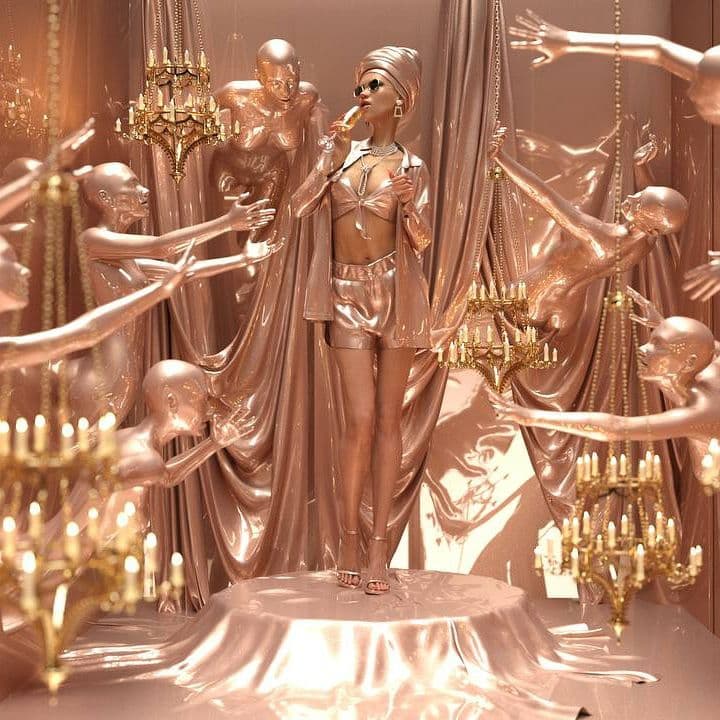
PK: On your website you say you are the world’s first “gamified NFT aggregator”. Can you explain that and how your model differs from others?
AAM: What we are doing is focusing on curators to create collections. We add a gamification aspect to lower the barriers of entry especially for newer collectors. Typical NFT marketplaces are run as auctions, which is a great way to discover value, but for that model, you must be confident as a buyer. Each artwork goes into the collection with its own price, but it comes out at the same price. The best analogy would be a vending machine at supermarket for example, you can see all the toys inside because they are in clear plastic eggs, but when you put your quarter inside you don’t know which one you are going to get out. If you have a bunch of emerging artists combined with one artist that is well-known it makes that collection a bit more enticing.
PK: What tips do you have for collectors who are looking to make their first investment?
AAM: One way people invest in NFTs is buying artists that they know and love or that speak to them aesthetically. One of the most direct ways to support an artist is through an NFT because you can be sure of any middlemen and that your money is going directly to the artist and helping them thrive. If you are thinking of it more like an investment, or speculation, then one way to invest is to follow the trends of lead collectors. These collectors have massive libraries of NFTs already; they are the ones who are most ahead of the trends. And finally, just investing in artists that you believe in. You know their story and they are early in their career, and you believe that their career has an upward clear trajectory. You know that they are not just dabbling in NFTs. You are kind of betting on them like investment in any company. You want to buy early in their career and then you want to sell when they’ve reached a certain high point.
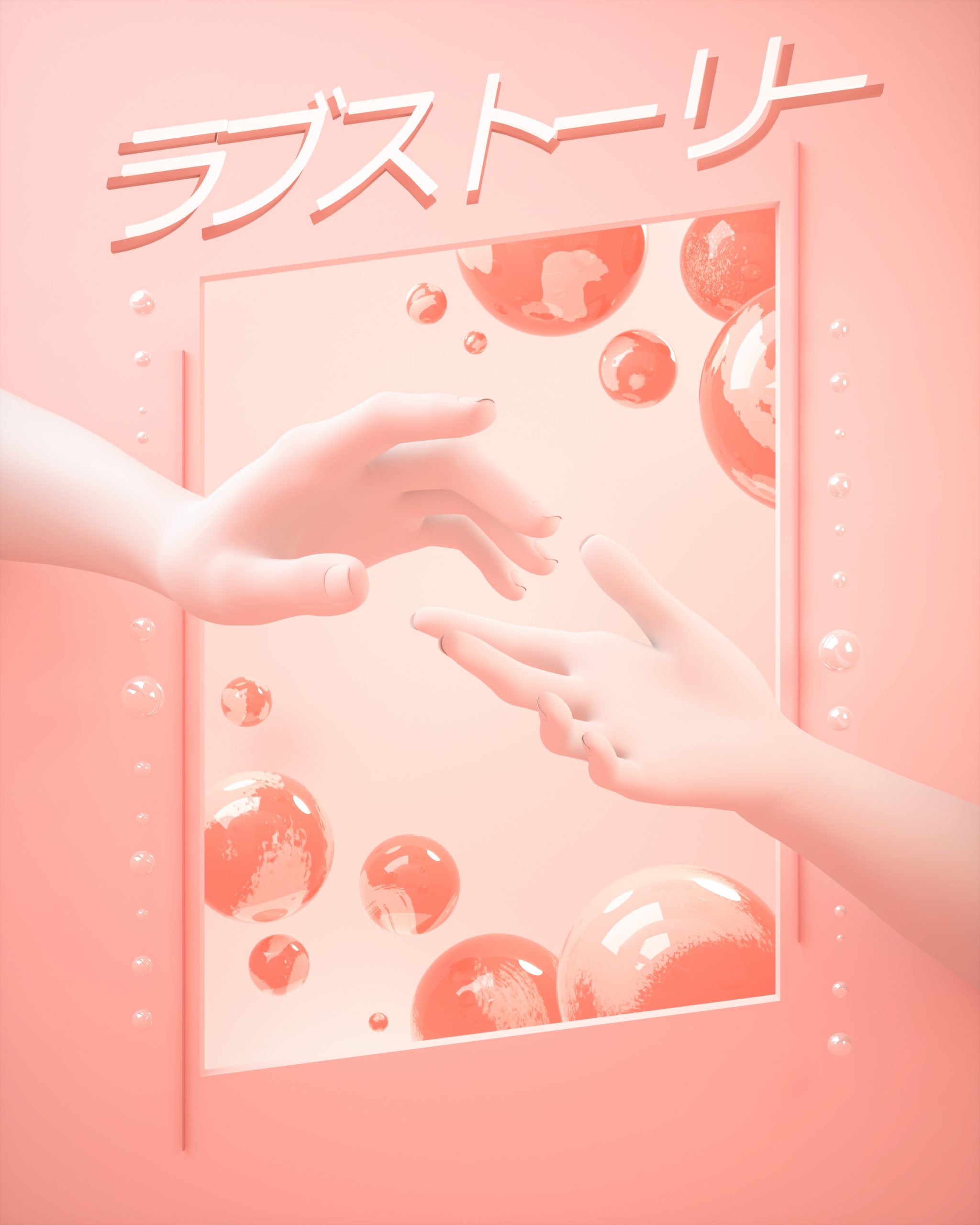
PK: What kinds of artists are you working with?
AAM: Our roster now has a hundred and fifteen artists. The cool thing about blockchain is that it is so international. I don’t know where someone is from or even where they are until we start to talk about it. We in the emerging artist space, primarily at this moment focused on digital native (media) artists, although we do have some artists that are doing physical art as well. A lot of the NFT artists are people who have been graphic designers and animators most of their career, with amazing portfolios creating art for brands that you might know, but they are transitioning to being their own full-time artist.
PK: What would you recommend to artists who would like to get more involved in a company like yours that might not be on your radar?
AAM: Like many other NFT marketplaces, we have an application. Also, I suggest reaching directly out to the founder or community members because it’s crypto we are super transparent. We have so many social media channels, but our collectors live on Telegram and Twitter. Traditional artists are typically on Instagram. The collectors aren’t moving to Instagram. What we see more often is the artists who are really motivated will start building up their Twitter presence, which is a good way to get discovered by collectors and other platforms.
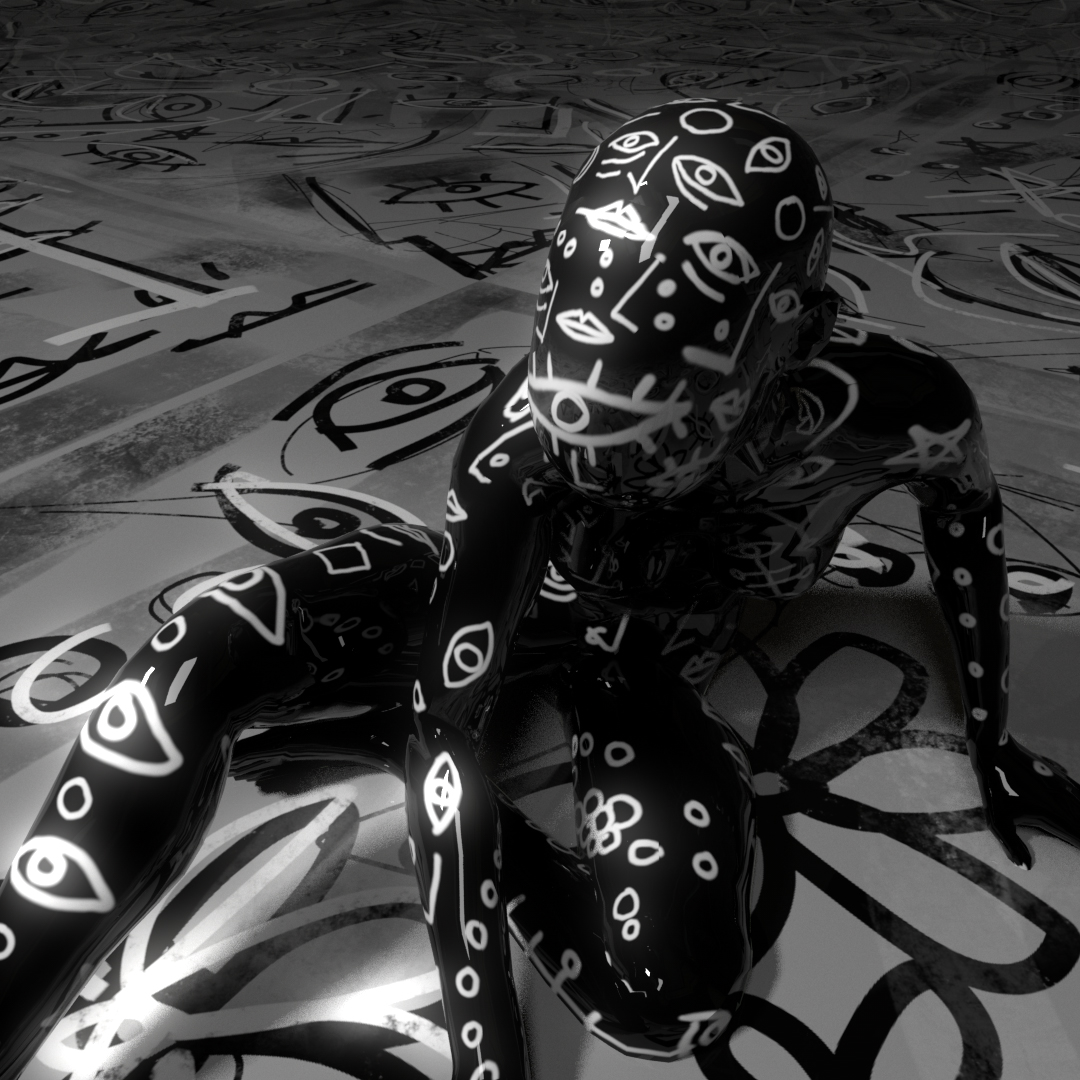
PK: How do you think art galleries and auction houses are embracing the NFT market? It sounds like you see them as potential partners instead of competitors.
AAM: I think there is so much more ground that needs to be covered. A typical gallerist that I have spoken to in New York and Berlin still hasn’t really investigated NFTs. They are aware of it; they are pretty apprehensive. There is a lot of education that can be done there. Essentially, we have to show them how it’s complementary to what they are doing. In our next phase we want to engage more galleries because we think that they would be really good curators for the platform. As we start to really push into this curation model, we want to start bringing in actual small and medium size galleries and use this as a platform for them to monetize and experiment with NFTs so that they don’t have to build their own.
PK: Thinking about other areas, like sports, for example, do you see other areas where you feel like there is just room for growth. Or do you feel like this whole market is just still emerging?
AAM: I think that we are still in the early stages of it. I think that as the underlying technology gets even less expensive, we are going to start seeing this NFT technology in more things that we use every day. For example, concert tickets. We are still at the point where it’s niche and just for high-end collectibles, but again art is not even remotely the only area it’s being used in now. It’s doing well in sports, physical luxury items like super expensive wine and cars. Art is frequently the first frontier with new ideas and then more mainstream ideas come afterward. We will see that in the next two to three years for sure. NFTs are here to stay.


